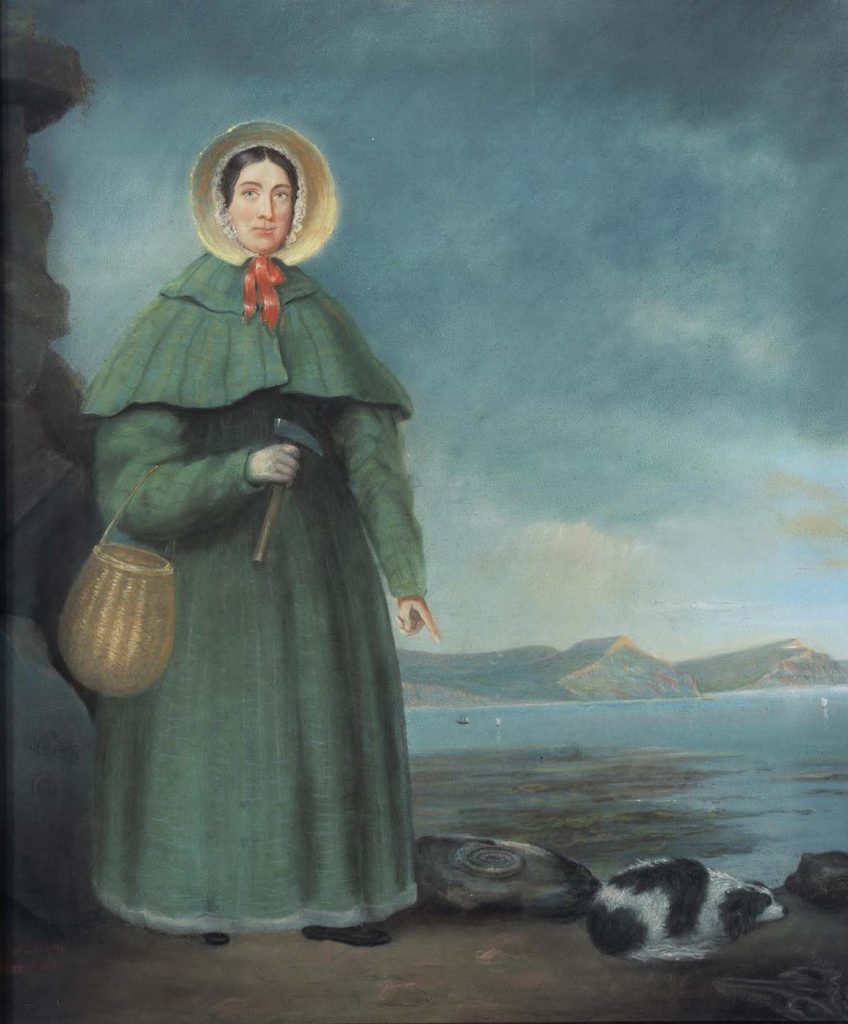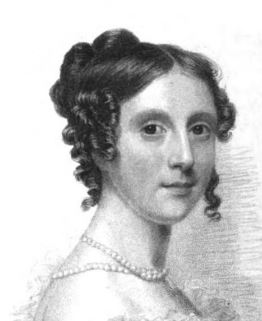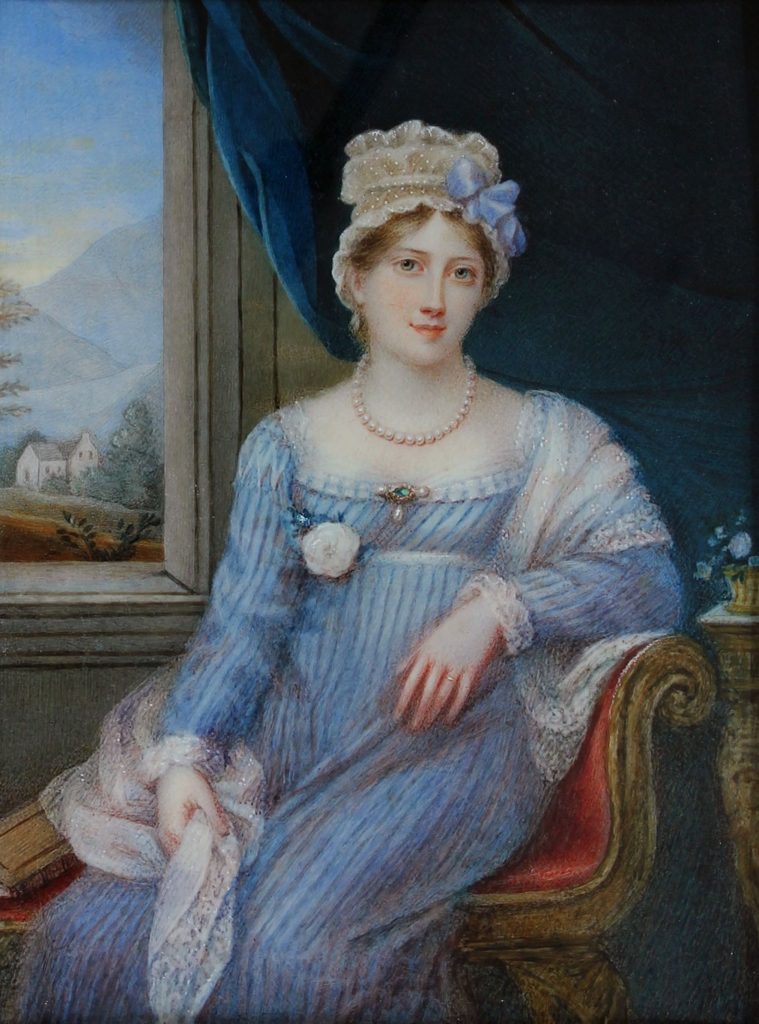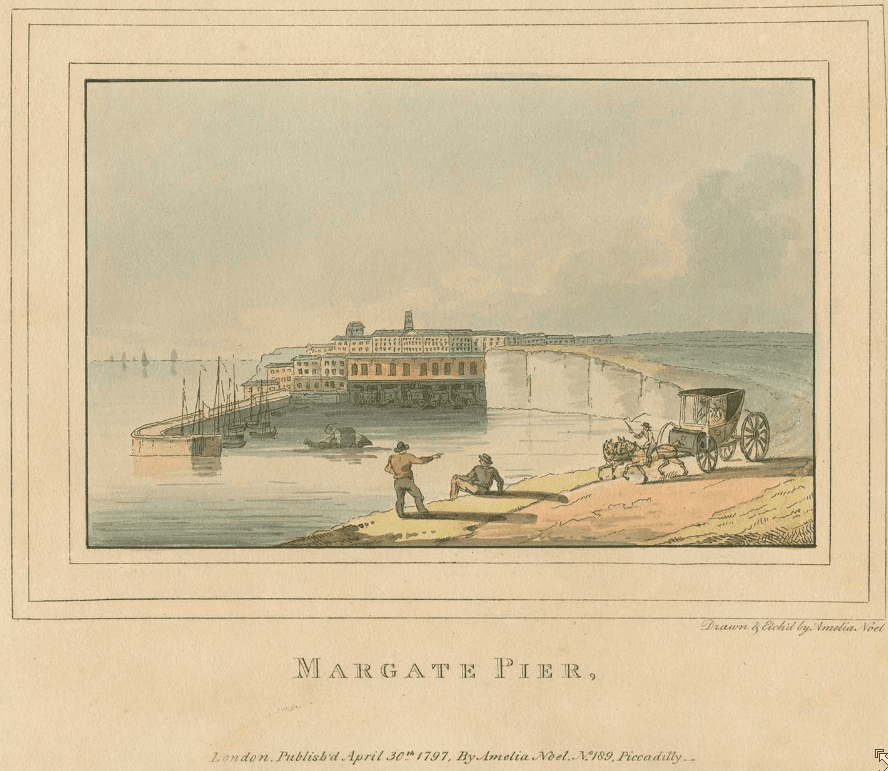And when I say an attitude, I mean the best one!
Nowadays, the life of women has certainly become easier when it comes to things such as everyday amenities, healthcare, and employment.
(Don’t forget the cosmetics!)
And as important as those are, we still have a long way to go before we achieve fundamental changes that will finally elevate all women around the world to the position they deserve: that of having their rights recognized, of being respected, and of not being exploited or suppressed.
Now, taking into consideration out position in society now, I’d like you to put yourself in the shoes of a Regency Era woman, where everything could see her reputation ruined and her life irrevocably destroyed in the blink of an eye. Pressured since birth to be the perfect ladies, to sit pretty and excel in the fine arts in order to impress the right husband.
Oh my! I would have run away, I’m telling you!
I remember my teenage years, with a mother who was always there for us, and never pressured us into becoming something we weren’t. She was my first and most important role model. And as I grew, I found more great women to relate to. Authors, scientists, my mother-in-law—who is quite possibly the spunkiest, most fashionable 84-year-old I have ever met in my life. All women who challenged the “rules” of their time and society.
And remembering all these wonderful women, who played a part in shaping me as a person, got me thinking. Did the ladies of the Regency Era have similar great women to relate to? Did they have role models? Were there women who dared to challenge the norms?
There were!
Let me introduce you!
Mary Anning was born in 1799 in Lyme Regis, England, and lived in the time of the French-British War. She was just 16 years old when the Battle of Waterloo took place, and later, in 1837, she saw Victoria crowned Queen of England.
She was never trained as a scientist, but her discoveries changed a whole scientific field! It was she who first discovered fossils of prehistoric animals.
The town where she was born and where lived all her life, Lyme Regis, in the province of Dorset, was near the sea. 200 years ago, Dorset was below sea level, and it was full of unknown animals. What Mary Anning found was their fossils.
In 1811 she went to the beach with her brother, Joseph. They found themselves near a cliff, probably in the same place where their father fell and was killed. Joseph noticed the outline of a skull and Mary, who had a hammer with her, carefully brought the skeleton to light. It looked like a crocodile. At just 12 years of age, she found the first complete Ichthyosaur fossil!
Because she came from a poor family, she never completed her education and only learned to read and write during her school years. However, determined and resourceful as she was, she didn’t allow that to stop her. She taught herself about geology and anatomy and many famous scientists of the Era visited her for a chance to take a closer look at the fossils she had discovered.


Her discoveries helped push scientific understanding of the natural world and history and usher in the field of paleontology.
What an amazing lady!
Born Mary Martha Dutton, Mary Pearson would grow to be a renowned portrait painter whose work still hangs in many of the esteemed galleries of the UK today.
Daughter of bookseller and circulating library owner Robert Dutton, Mary was born on June 18, 1798. Tutored by a drawing master named Lewis, by 1913 she was copying the masters in Pall Mall and received an award in 1815 for her copy of “The Embarkation of the Queen of Sheba.” Mary married solicitor Charles Pearson, who later was the solicitor to the City of London and served as a member of parliament. Even in marriage, Mary continued her studies while painting portraits and landscapes.


Her portraits were exhibited at the Royal Academy between 1821 and 1842 and also showed work at the Society of British Artists gallery in Suffolk Street, to which she was an early member. She famously painted portraits for many of the Lord Mayors of London, a Baron, a Viscount and other political figures.
Appointed “Miniature Painter to the Princess Charlotte of Wales” from 1808 until the Princesses’ death, Miss Jones was from Norfolk.
Moving to London after the death of her father, she learned to create miniatures on ivory from Richard Cosway, a well-known Regency miniature portraitist.
After 10 years of exhibition at the Royal Academy, and her short-lived career as Princess painter, in 1810 Miss Jones started her own business. Subjects included Lady Caroline Lamb and Prince William. Her portraits were notable for richer colouring than was popular at the time. Jones was often listed alongside other well-known female artists of the era.


Later in life, she removed to Bath and then returned at some time to London, where she died in 1847.
Amelia Noel, born Minka Levy, was an artist who specialized in landscapes. Supporting herself as a drawing mistress, she exhibited many works between 1795 and 1804 and worked primarily with pastels. She was also a noted etcher and engraver, which was unusual for a woman at that time.


As a drawing mistress, she taught the daughters of George III and was under the patronage of the Princess of Wales. Amelia died in 1818 at the age of 58 in Piccadilly.
Now, now! A lot of artistic talent to be found during the Regency Era! And I’m pretty sure there were even more remarkable women that we never got to hear about, given how strict the rules were.
However, seeing women from all social standings not only chase their dreams, but also succeed, gives us hope!
Hope for a brighter future and a world where anyone can become whatever they wish to become!
Written by Emma Linfield



